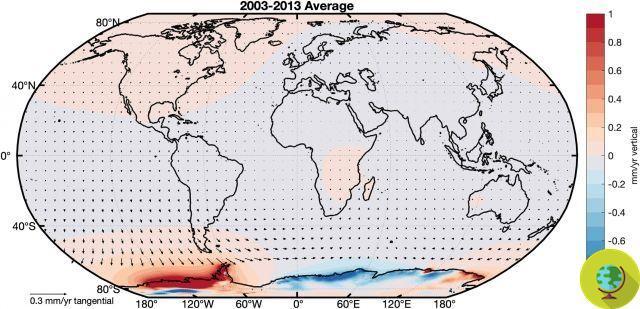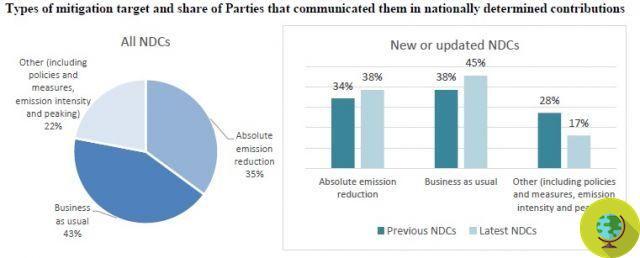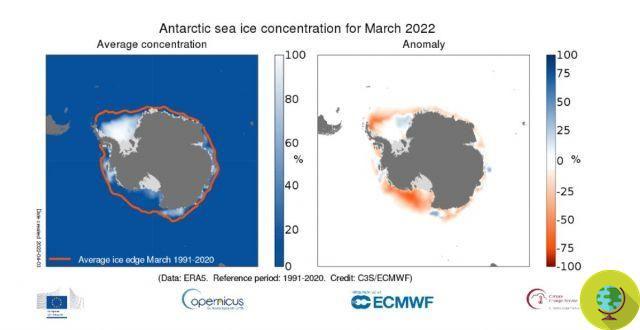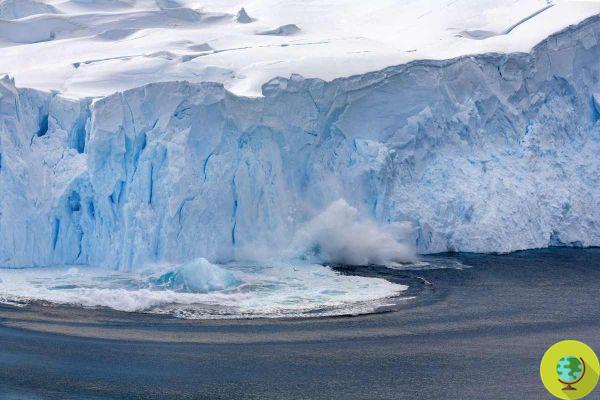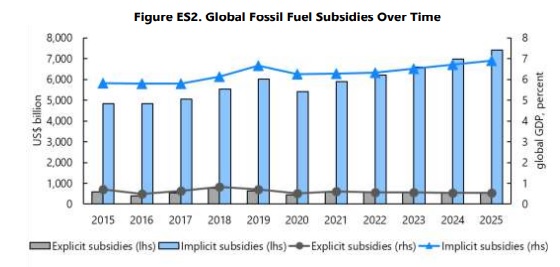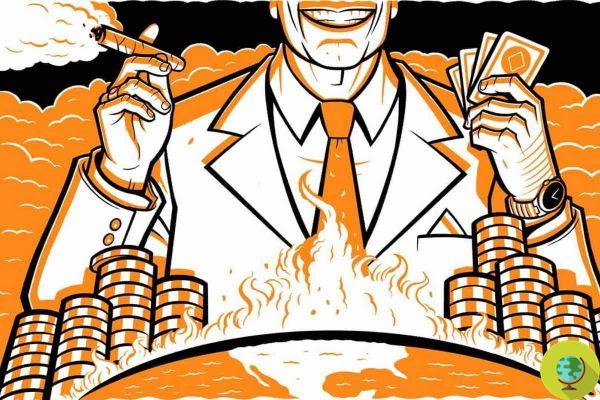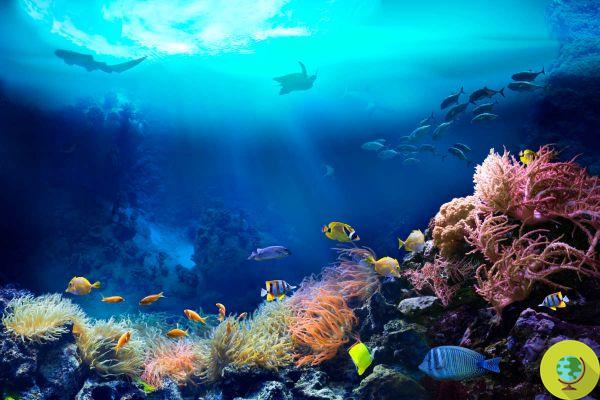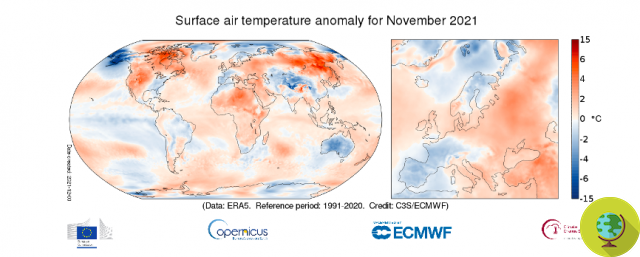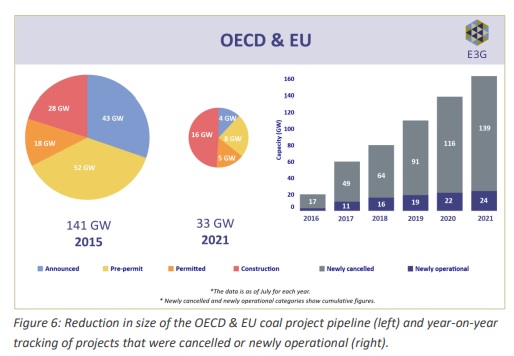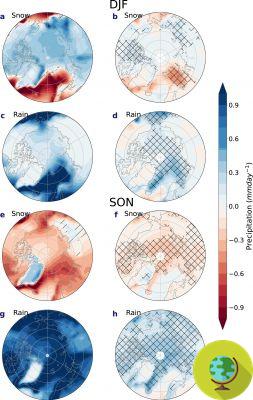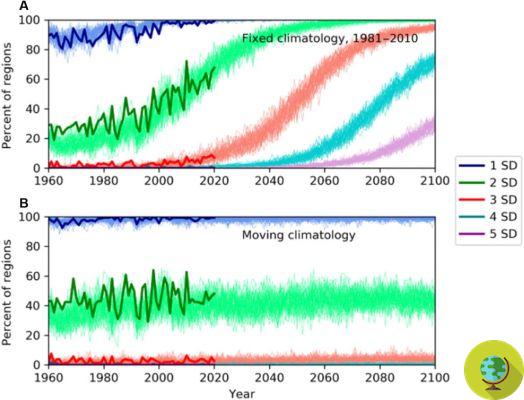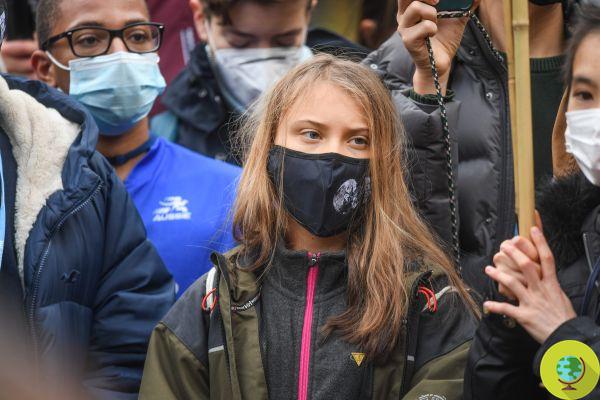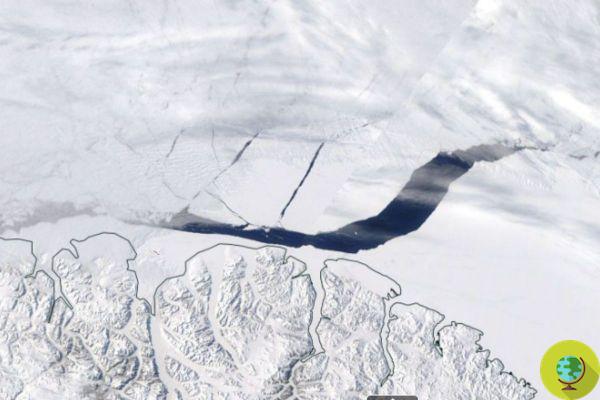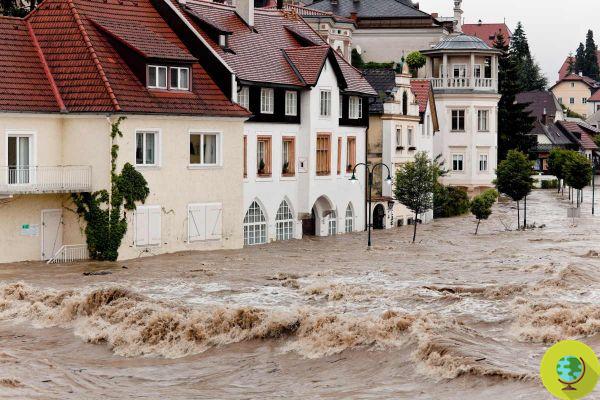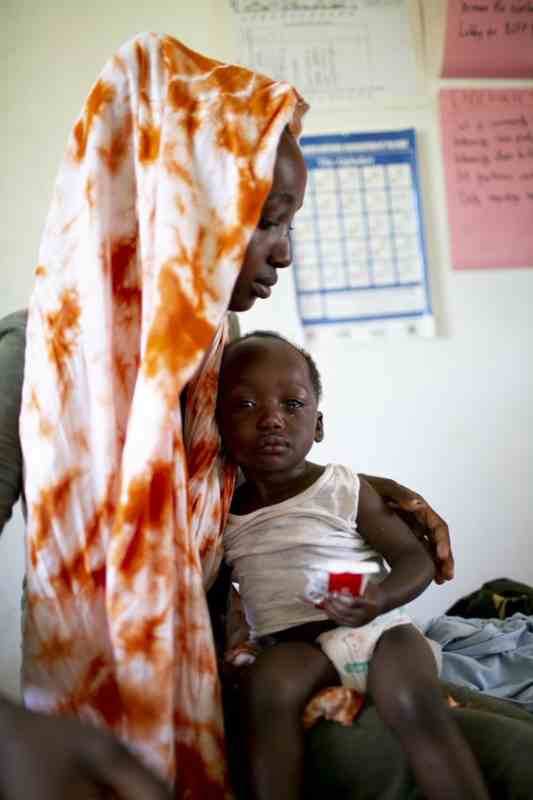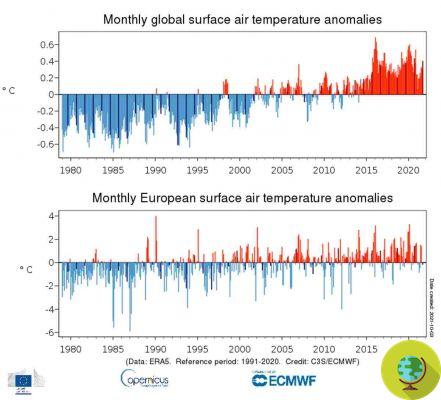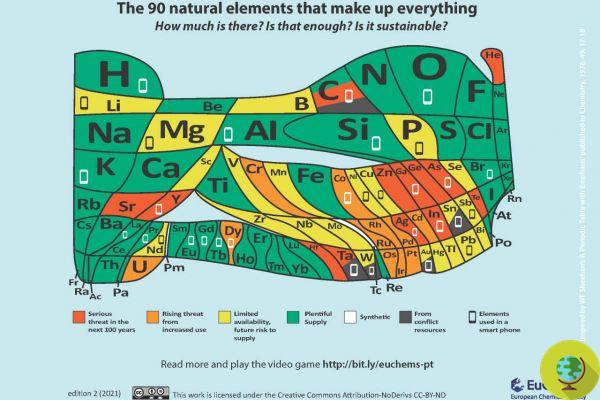
EUChemS has produced an updated version of its Periodic Table of the Elements to denounce the climate emergency
To denounce the climate emergency, the European Chemical Society (EuChemS) has produced an updated version of its iconic Periodic Table of the Elements. Carbon is now tricolor: green, red and dark gray.
In 2019, EuChemS had produced a particular Periodic Table of the Elements, where the natural elements were colored on the basis of their availability (and therefore of how much we are exploiting the Planet).
But we are in a climatic emergency (as well as the availability of resources) and therefore carbon becomes the natural element par excellence tricolor:
- Green because it is abundantly available in the form of rocks based on carbonate, vegetation and carbon dioxide (in this case, through our fault, even too abundant);
- Red because very soon it will cause serious problems if we do nothing to limit its use;
- Grey because it can come from conflict resources.
The carbon cycle balances photosynthesis, by which we and all flora and fauna live. For millennia these two processes, combined with the absorption and release of CO2 by the oceans, have been in balance, which justified the green color of the 2019 version.
But now the message changes: CO2 emissions are a global problem: Burning carbon-based fuels (coal, oil, gas) releases so much more into the air that photosynthesis and the oceans can't keep up, so carbon dioxide levels are rising, leading to global warming and climate change that will cause severe disruption to all forms of life on the planet very soon if we do nothing.
Changing the color of the carbon is a appeal to all, especially those responsible for the COP26 results, to do everything in their power to reduce their greenhouse gas emissions for the benefit of the next generations.
Read also: Cop26, third draft published. Are we on the home straight?
And there is more.
Carbon also gray, defined "From conflicting resources", because this element, unfortunately also a symbol of oil, can come from places where wars are fought for fields or where the proceeds of oil are used to fight wars.
Read also: Chemistry in everyday life: the periodic table that demonstrates how the elements are part of our life
This updated version of the EuChemS periodic table graphically highlights the carbon problems in our current world - reads the non-profit website - If we behave responsibly by cutting our dependence on fossil fuels and by never using them from conflict resources, we can save our beautiful planet by returning carbon to its proper green color
The results of COP26, however, do not seem to be so decisive for the future of the Earth.
Source: EuChemS
Follow your Telegram | Instagram | Facebook | TikTok | Youtube
Read also:
- Julius Lothar Meyer: the Google doodle for the pioneer of the periodic table of the elements
- The legitimacy of COP26 is called into question by the almost total absence of civil society from the negotiations




